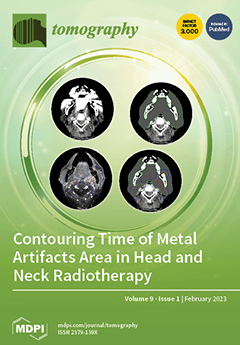Acute lower extremity ischemia (ALI) is a cardiovascular emergency resulting from embolic and thrombotic causes. Although endovascular techniques have advanced, surgical thromboembolectomy is still the gold standard. Emergency thromboembolectomy surgery involves an ischemia-reperfusion injury, which also poses a risk for acute renal injury (AKI). The stress hyperglycemia rate (SHR) has recently emerged as an important prognostic value in emergency cardiovascular events. In the present study, we aimed to analyze the impact of preoperative contrast-enhanced tomographic angiography (CTA) and the SHR value on postoperative AKI in emergency thromboembolectomy procedures in patients with insulin-dependent diabetes mellitus (DM). In this retrospective analysis, patients with DM who received emergency surgical thromboembolectomy after being hospitalized at our hospital with ALI between 20 October 2015, and 10 September 2022, were included. Patients were classified into two groups: Group 1 (
N = 159), who did not develop AKI, and Group 2 (
N = 45), who did. The 45 patients in Group 2 and the 159 patients in Group 1 had median ages of 59 (39–90) and 66 (37–93), respectively (
p = 0.008). The percentage of patients in Group 2 with Rutherford class IIB and admission times longer than 6 h was higher (
p = 0.003,
p = 0.027, respectively). To determine the variables affecting AKI after surgical embolectomy procedures, multivariate logistic regression analysis was used. In multivariate analysis Model 1, age > 65 years (odds ratio [OR]: 1.425, 95% confidence interval [CI]: 1.230–1.980,
p < 0.001), preoperative high creatinine (OR: 4.194, 95% CI: 2.890–6.156,
p = 0.003), and Rutherford class (OR: 0.874, 95% CI: 0.692–0.990,
p = 0.036) were determined as independent predictors for AKI. In Model 2, age > 65 years (OR: 1.224 CI: 1.090–1.679,
p = 0.014), preoperative high creatinine (OR: 3.975, 95% CI: 2.660–5.486,
p = 0.007), and SHR (OR: 2.142, CI: 1.134–3.968,
p = 0.003), were determined as independent predictors for amputation. In conclusion, when an emergency thromboembolectomy operation is planned in insulin-dependent DM patients, renal risky groups can be identified, and renal protective measures can be taken. In addition, to reduce the renal risk, according to the suitability of the clinical conditions of the patients, the decision to perform a CTA with contrast can be taken by looking at the SHR value.
Full article






